Kolkata is a city that not only truly loves its food but knows it too. It’s not easy to stand out in a city where people have a refined palate, and if the food isn’t up to the mark, no amount of fancy ambiance or fine cutlery can sway them. “That’s one of the things I deeply admire about this city, it’s honest and discerning when it comes to food. What makes my restaurant stand out is the deeply personal story and purpose behind it,” shares Sachiko Seth, chef and Co-founder, Popos by Blue Poppy, a heartfelt tribute to her grandfather and the rich culinary traditions he carried from China, Kalimpong and Taiwan.
A legacy kneaded in noodles
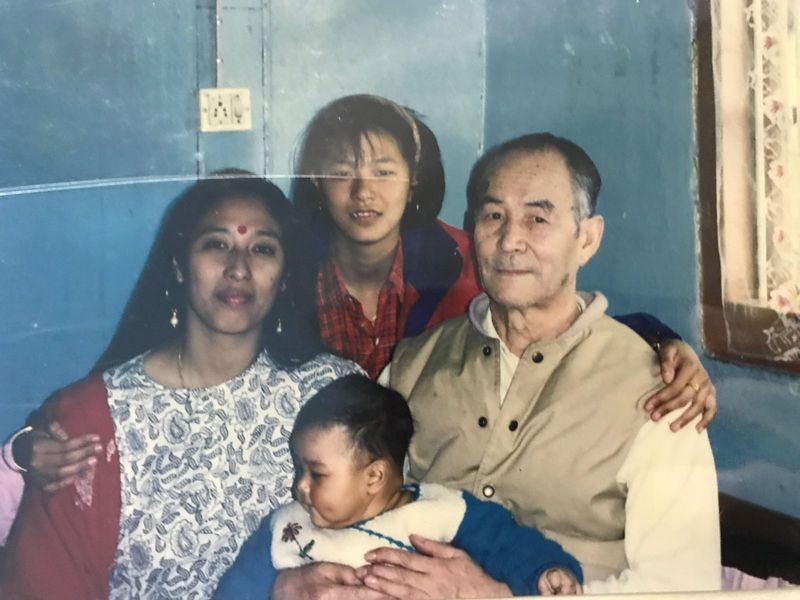
When Seth was seven years old and studying in Kalimpong, her Popo (maternal grandfather) used to run Kalimpong’s first noodle factory (Wai Sing Yankee Noodle Factory) where she had to help out sometimes after school. Seth recalls, “Since a very small age my life revolved around food and I always wished to grow up and sit like Popo and give orders. I used to be fascinated by how he could command the presence of the room and multi-task. Whether it was to watch if the dough of the noodles are being kneaded to the right consistency or to the thickness of the dough before it went for the cutting or be it the arrangement of the noodles on the wooden sticks which were to be taken to be air dried or cutting the already dried noodles to the exact centimetre before it was to be wrapped in cellophane to be sent to the HORECA sector or in month old newspapers for the locals who would come to buy a pack for their family meals.”
His teachings of “if you like to eat it, learn to cook it” or his non acceptance of mediocrity has been a big learning and way of life for Seth.
Why Popo’s was born
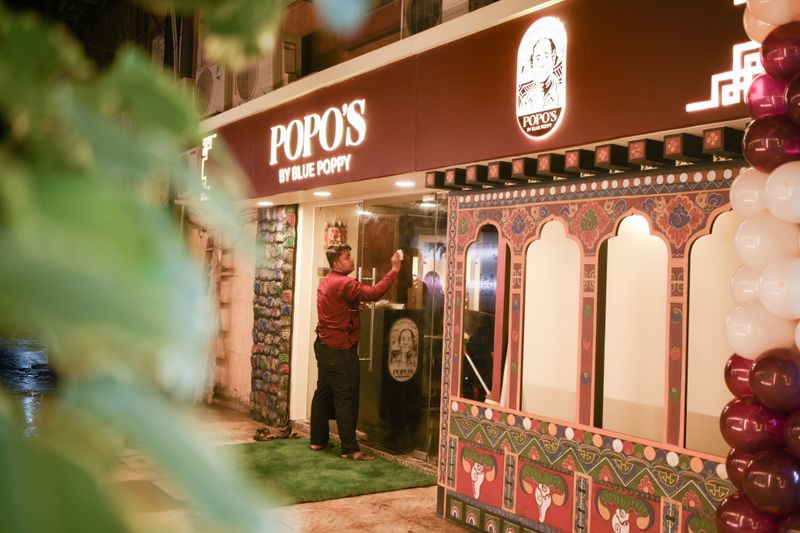
After having opened the Blue Poppy Thakali and Boma which could run on auto pilot, the chef in Seth had this gnawing feeling, “I could do a little better, I had to evolve further and keep pushing but I couldn’t do it at Blue Poppy Thakali as customers there came back for the same food and the kitchen was always busy. I couldn’t disrupt that hence I knew I needed a new playing field.” Unlike many of her peers, she didn't attend prestigious hospitality schools or apprenticed under world-renowned chefs. Instead, her education came from standing beside Popo and her mom in their home kitchen. Seth recalls, “Watching them cook taught me invaluable lessons not just about flavours and techniques but also about patience, respect for ingredients, and the deep connection food can create among people, basically the love for food!”
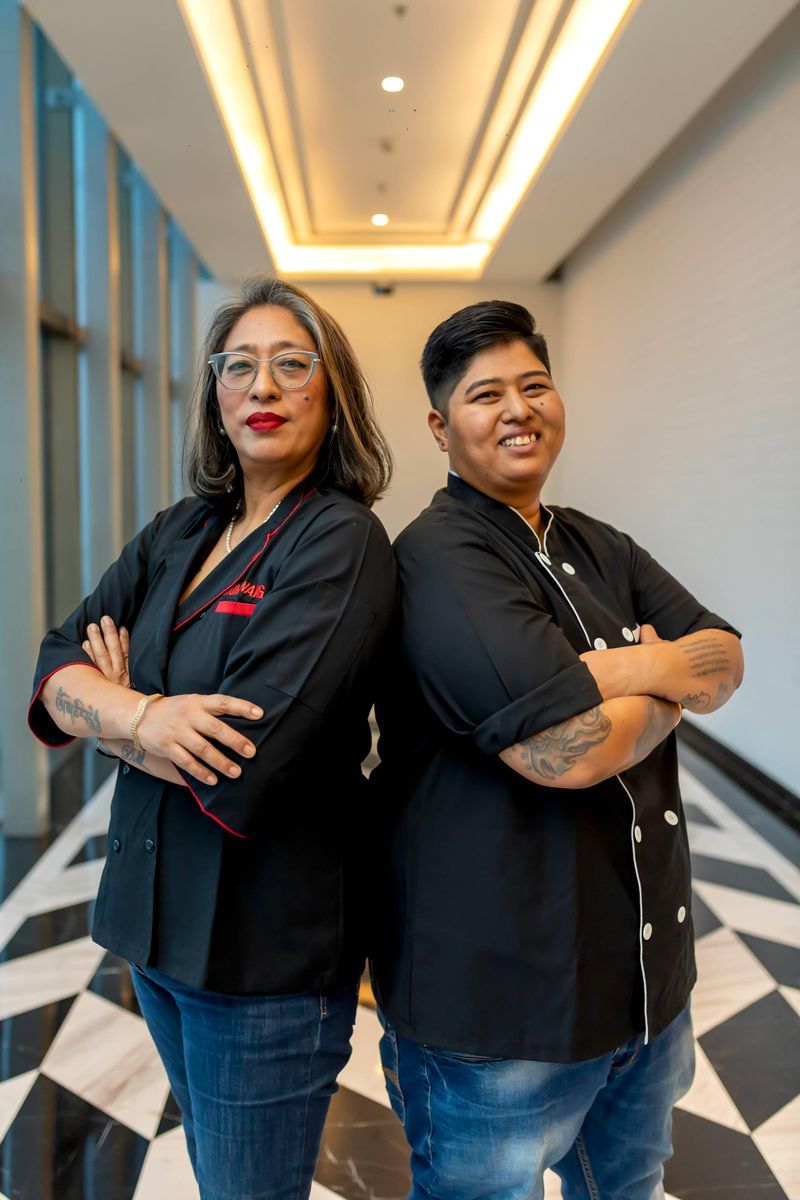
She continues, “It’s a tribute to him and the stories, traditions, and values he instilled in me of always staying true to my roots which by the way is also our tagline. I want to honor his legacy by sharing the warmth and authenticity of Himalayan cuisine with the world, preserving a culture that holds so much meaning to me.”
The challenges
But then, opening a new restaurant is never without challenges. For Seth, it was introducing Tibetan cuisine to Kolkata, where food traditions are so strong. Seth explains, “We had to take time to educate people about the flavours and stories behind our dishes, we’ve been making reels for social media where we talk about each dish and tell the story behind them, our servers do a very good job of explaining and guiding our patrons in choosing their food since they are all new and nobody knows what it actually is so this was one hurdle we are working on.”
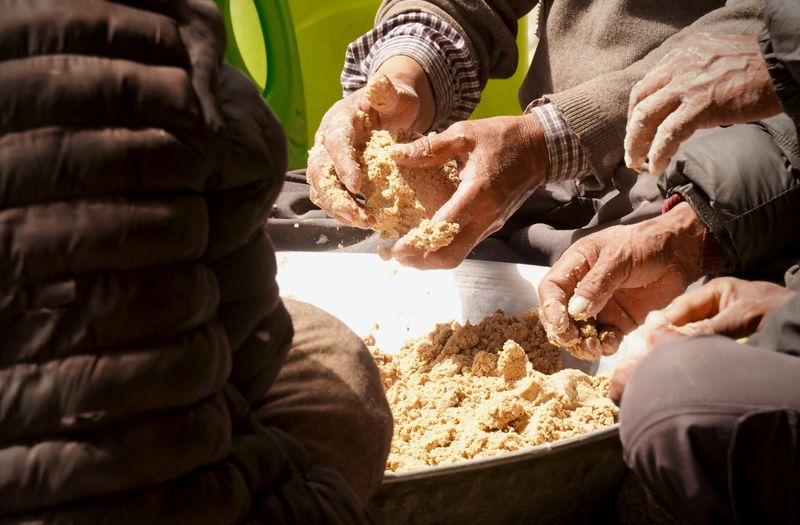
Next up, was definitely sourcing ingredients from the hills. “That was tricky too, but we worked hard to find reliable sources. Tibetans were nomads and ingredients like Tsampa (roasted barley) which is extremely nourishing, Yak Sha (Yak meat) and its dairy like Churpi (Tibetan ricotta), milk and marr (butter) were staples. They are fresh and fermented, which were easy to store and travel with. Phing (dehydrated mung bean noodles) is also a quick source of protein and is a good travel-friendly ingredient which can rehydrate in some hot water in minutes. In terms of spices, we use a lot of chives, dalle (spicy chillies), Erma, a Sichuan peppercorn variant that is what we normally use at Popo’s,” she elaborates. Seth emphasizes on how they source their ingredients like Phing, Tsampa, Buckwheat, Erma, tea leaves and salted plums from Kalimpong. “Yak meat we get from Manisha’s family in Arunachal Pradesh and smoked pork from Nagaland,” chef adds. That said, the chef highlights how amongst all of this Yak meat is a little difficult to source as it's not easily available and takes a long time to air dry and transportation becomes a hassle as it travels all the way from Bomdila.
Every dish at Popo’s is a nod to the past
Tibetan food isn’t heavy on ingredients. Tibetan flavours are simple, it is all about letting the ingredients shine. Seth admits, “I have taken a few liberties with the dishes and have tried to get some textures in the dishes to let the flavours sing louder. I like serving strong flavours in simple forms. Yak spring roll is something that I had to modify as the flavour of Yak is very strong and we had to subdue it but at the same time had to ensure that the Yak tastes like Yak.”
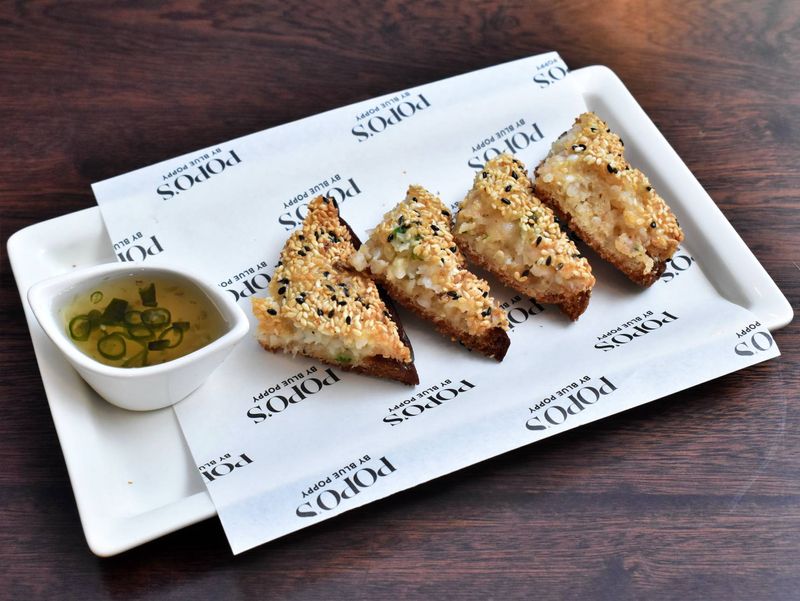
Now, let’s talk about the menu, shall we? Just like the diners, the prawn toast with the sweet chilli dip is Seth’s favourite too. She recollects, “Popo loved prawns and the Prawn Toast was the first dish I created for the menu and it will always be close to my heart. Prawns are one of my favourite ingredients to eat and cook with. I made it like how I would like to eat it. Prawns dunked in a sweet syrup with pieces of chilli bursting as you keep munching further into the toast." Not many know that the crispy prawn toast was born out of necessity. “The ones I ate as a child were too stingy on the prawn. I wanted one which was bursting at the seams. And I was not a fan of the bottled sweet chilli sauce, so I made my own,” she adds.
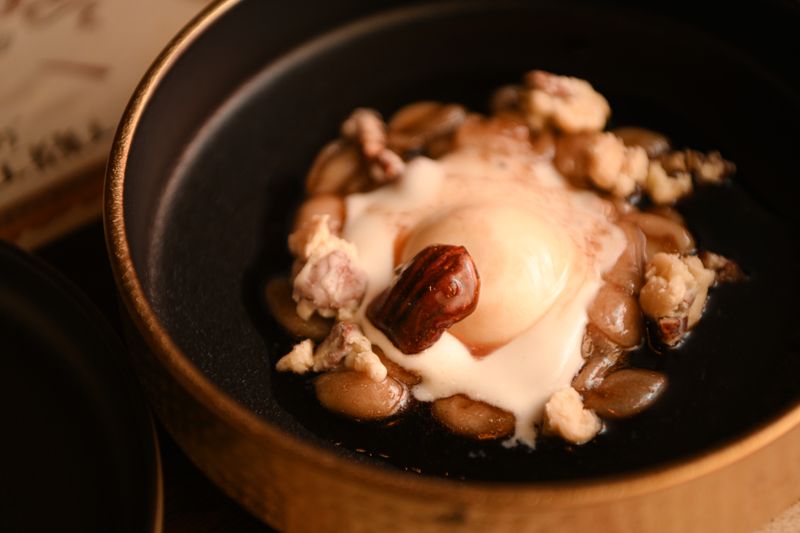
The Bhakcha Moku is one of the handful of desserts present in Tibetan cuisine and is essentially a dish which has boiled conch-shaped noodles cooked with slightly fermented Churpi, sugar, butter and dry fruits. Chef explains, “For the version we have at Popo’s, we have deconstructed the elements. A Churpi ice cream would be too overwhelming for the Indian palate thus we swapped the Churpi for a cream cheese ice cream, instead of using all-purpose flour for the pasta we made it out of glutinous rice powder which we boil in brown sugar syrup instead of white sugar granules and the fruits were represented by a peanut chikki and a almond white chocolate nougat.”
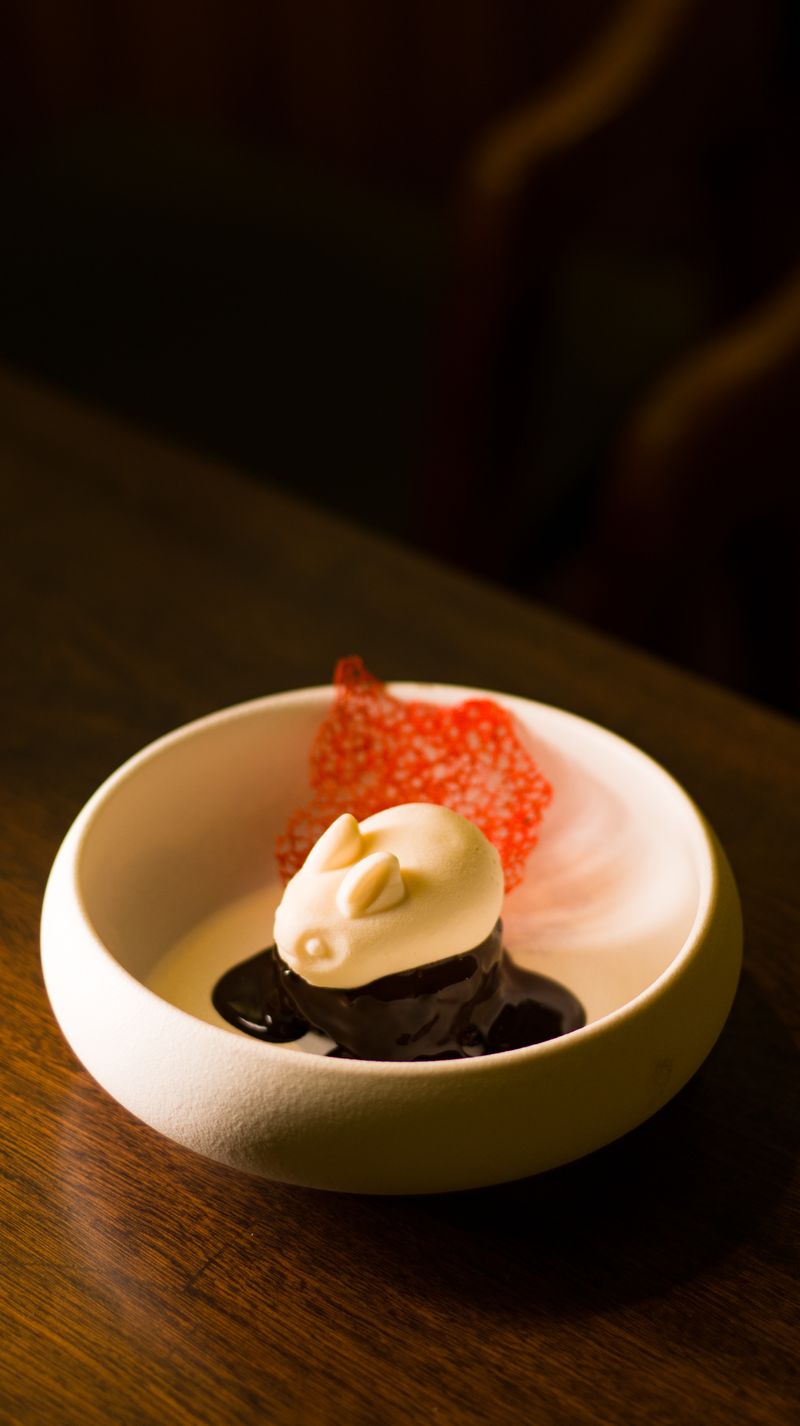
However, the adorable Fire Rabbit is very special to Seth. As a kid growing up in a hostel in the hills, the packet of white rabbit candy was her most prized possession and for many others she believes. “My business partner and my sister are both rabbits according to the Tibetan lunar year and also Manisha’s, Mom’s and Boma’s element according to the horoscope is fire. So I made ice cream shaped like a rabbit by melting the white rabbit candy, placing it on a chocolate sponge, and tipping my hat to my family who came from the fire. Added a dalle chilli-chilli mostly found in Darjeeling, Kalimpong and Sikkim.”
The vegetarian conundrum
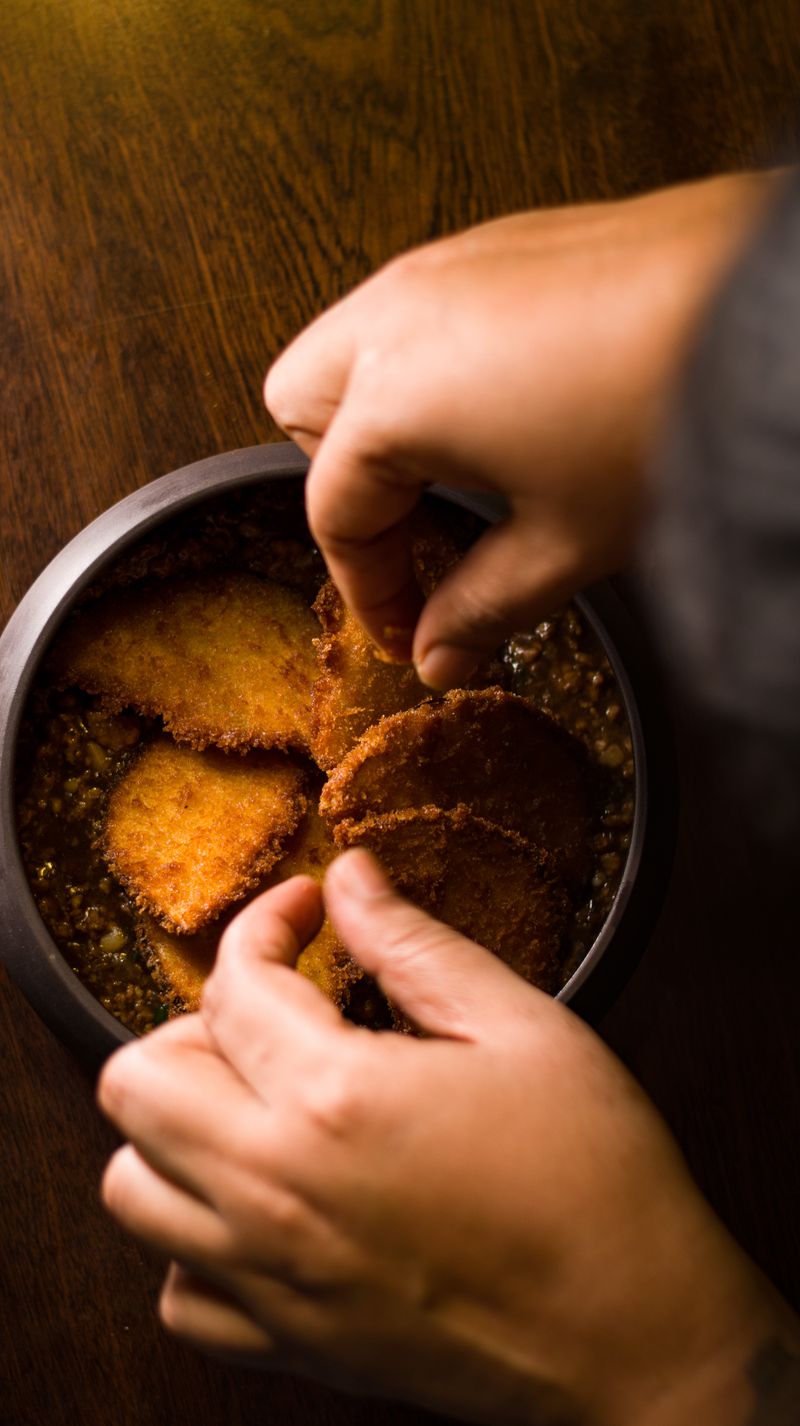
While ensuring they stay true to Tibetan traditions, catering to contemporary tastes or dietary preferences (such as vegetarian or gluten-free options) is something that diners complain a lot about. Seth admits, “That is a complaint I get a lot! That we don't have many vegetarian options. But to be honest, vegetarian food for Tibetans hardly exists. Even a simple potato or a celery stir fry will have slices of meat in it. But we have made some alternatives to dishes like aubergine in meat sauce. We use a mock meat alternative. This is a dish I have been eating since I was a baby and it’s a family recipe passed down by Popo to us.” The original version consists of baby brinjals split four ways, fried whole without batter and dunked in the mince meat sauce as soon as it comes out of the oil, soaking in the flavours of the mince. “It was a dish that probably wouldn’t win the beauty contest but it did very much make up for it in terms of flavour and that’s my favourite kind of food, rustic yet holding the soul to traditional cooking and so very delicious. Our guests who have come to our house are living testament that when they saw the dish at first glance they were quite hesitant to try it given its slimy texture in a black meat sauce but once they tried it they couldn’t stop at just one serving, she adds. Although I haven’t changed this dish much, I did feel that a crunch element would really bring a nice contrast to the heavy sauce and bring the dish together as a whole and hence my Aubergines served in Popo’s have turned crunchy instead of slimy.
They have Mapo Tofu, which is originally made with mince too but have kept it as a vegetarian option here. There are however a few vegetarian dishes that are unique and good. As for gluten, I am a gluten glutton but I was made aware of the fact that some people are allergic to it hence I thought of a gluten-free option for momos. Dishes like Phing Aloo or the Cucumber Churpi salad, Shamu Datshi are all gluten-free options.”
Navigating the Indian palate
Needless to mention, Tibetan food often incorporates ingredients that are not always found in traditional Indian kitchens. So are there any ingredients or cooking techniques in Tibetan cuisine that you’ve had to adapt or reintroduce to the Indian market, and how does she navigate this challenge, we ask. Chef points out, “The back of my uniform of Popo’s says ‘never forget your roots’ and we firmly believe in that. Yak is a meat which will not please everyone's palette. It has a very gamey milky taste and since ours in naturally air dried its slightly chewy. But it is also highly medicinal as the bovine munches through the vegetation in cold highlands. Churpi, which could be described to be a Tibetan version of the Italian cheese ricotta, also has slight funk but it lends itself beautifully to uplift any dish. We are taking things slow, first getting people used to the taste of Yak and then we slowly plan to incorporate more dishes as days go by.”
A table of belonging
When it comes to Popo’s contribution to bringing people together through food, especially with the fusion of Tibetan and Chinese influences, Seth proudly says, “Popo’s is one of a kind and there isn’t one quite like it. Through Popo’s I want people to experience the warmth of our family. I don’t believe in the philosophy that you need to be related by blood to be family, anybody can be family, and if my food can give people a sense of warmth, make them feel our love through our food or maybe form bonds over food or just be friends then the purpose of opening Popo’s is successful.”
What seals it? The acceptance from the patrons. “Hands down gobsmacked, everytime someone loves the spring rolls, Churpi salad, Aubergine in minced sauce, Phalay (pan fried bread) etc. I’m loving the fact that people are accepting the way our food tastes and appreciating the simple flavours, 99% of our patrons have loved our food and sometime just interacting with them and seeing just how happy the food has made them kind of just makes our day, it’s moments like these that take away the tiredness of long days and remind us why we do what we do.”
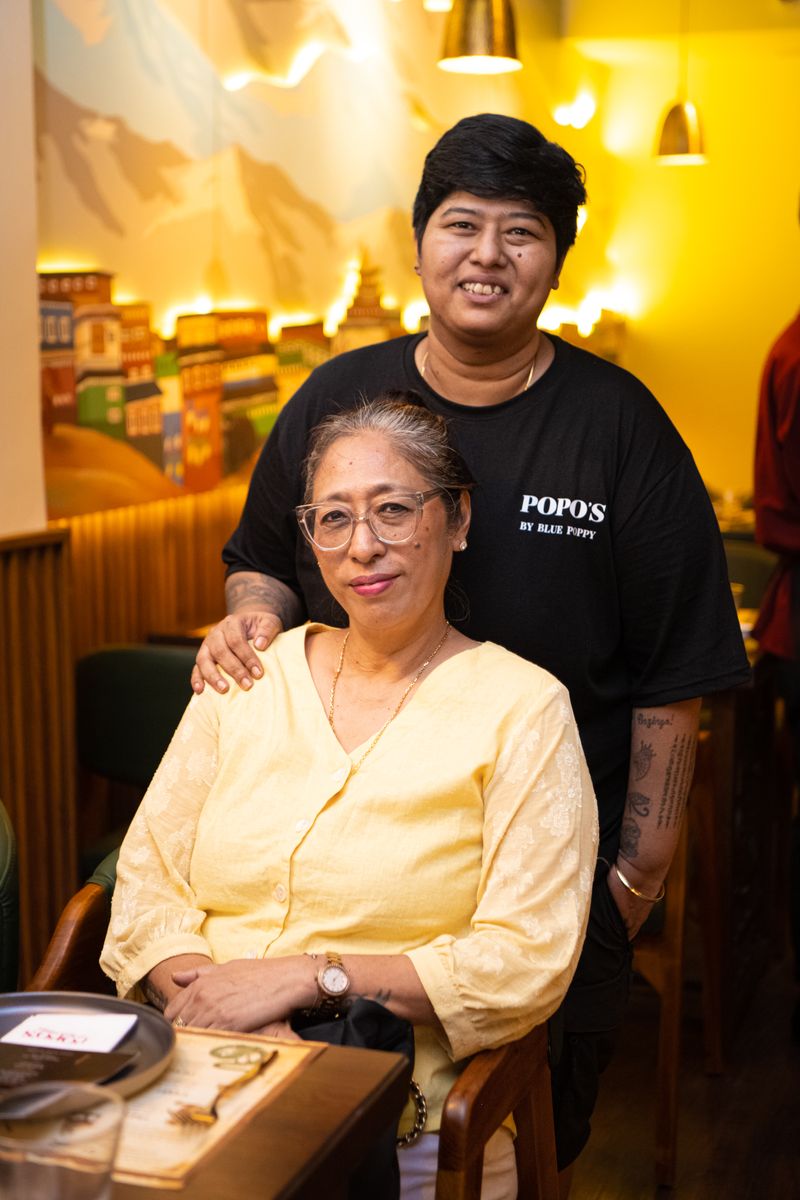
For Seth, cooking is an act of love. “That is how my family says sorry, love you, thank you etc and when that love is reflected in the joy of our guests, it’s the greatest reward we could ask for. Of course there are times when few of our guests don’t like our food but like my mom says, ”you cannot make everyone happy” mantra works best to keep us going. Still for my team and I the best days are the days when customers go home with a big smile on their faces,” she signs off.


